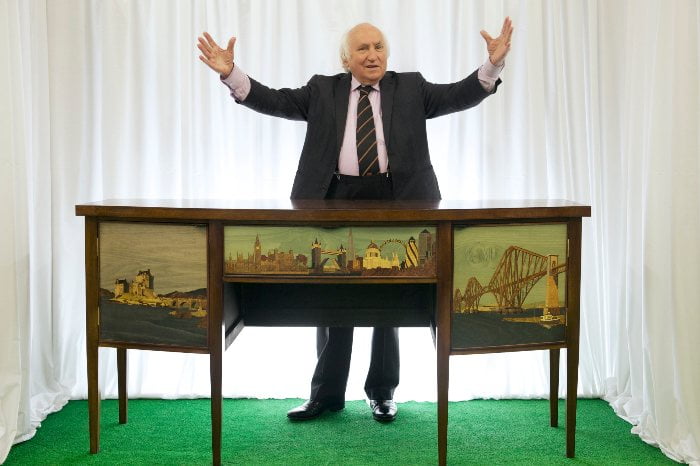Woodworking is an ancient craft, and at the Chippendale School we are proud to champion its immense value and promote the importance of preserving traditional techniques.
It’s vital that we look after the heritage of this wonderful craft in order to see it thrive over the next century. If we don’t teach the next generation these techniques and the history behind them, then the skill gap may be irreversibly affected.
Keep reading to find out how we preserve these age-old techniques on our courses, while at the same time combining them with modern methods to get the best of both worlds.
Upholding traditions
Innovation is constantly happening in the woodworking industry. There are always going to be new ways to solve the same problems and that is what makes woodworking so enjoyable; you never stop learning!
That being said, in some cases if it isn’t broken, why fix it? Ancient Egyptians used the mortice and tenon joint and to this day it is still considered to be one of the strongest joinery techniques.
At the Chippendale School, we teach students traditional skills including restoration, woodcarving, woodturning, gilding, marquetry, French polishing, steam bending, Boulle work, oyster work, hand-cut joinery and Windsor chair making.
The value of preserving techniques
We place importance on students learning how to perform each task by hand before going on to learn how to speed up the process using machinery.
It is important that as designers and makers of contemporary furniture, we understand what has come before us. Many successful contemporary pieces make reference to traditional design movements – we need to learn the rules before we break them!
Modern techniques such as CNC machining have become widely accessible over the past 20 years, and it is important students know how to use this as it is undoubtedly here to stay. We have a CNC machine here at the school, along with a 3D printer and VR goggles and we are not afraid to adopt new technologies if they can expand our capabilities.
However, the machine is only as good as its operator, and where we add value is in our ability to be creative and come up with inspiring solutions. If machines like these can speed up the process and take care of the repetitive and menial tasks, then that just frees up more time for the maker to work on their design.
Furniture built to last
Many schools have dropped teaching restoration skills, but restoration is at the very heart of the Chippendale School. We will never remove it from the syllabus because we have a duty of care for this industry – when the antique furniture market inevitably picks up again, our students will be primed and ready to take advantage of the situation.
The next 50 years is likely to see a reaction against what has happened over the last 50 years, where we have substituted mahogany, antique, well-made fine furniture for mass produced products. With the move toward a circular economy, where people value well-made, contemporary heirloom pieces, restoration will play a central role.
Every week, we usually see two or three genuine antiques that customers have brought to the school to be restored. This allows students to gain a real insight into how we interact with customers, witness the immense sentimental value that these heirlooms have, and then get involved in the ongoing conservation of the piece.
Combining tradition and technology
Amazing pieces of furniture can be created when traditional and technology are used to complement one another.
One example is the ‘referendum cabinet’, which was made during Scotland’s last Independence referendum. It’s a fantastic example of the fusion between contemporary and traditional.
It was constructed using traditional hand-cut joinery techniques, but the cabinet doors display CNC-cut marquetry decoration which also has been laser detailed. The left and right cabinet doors depict the Forth rail bridge and Eilean Donan Castle, and the middle drawer has the London skyline on it.

Another example is one of our students taking inspiration from the school’s 1920’s American prohibition table, which houses a spring-operated chamber filled with secret bottles of spirits.
One of our students was inspired by this design and now makes contemporary versions that rise and fall on an electric motor. You can check out Shane Elliot’s works here.
We teach all of these traditional techniques and more on our Professional Course. We’re still taking applications for our 2020/21 Professional course – find out more about it here or get in touch with us today if you have any questions.
